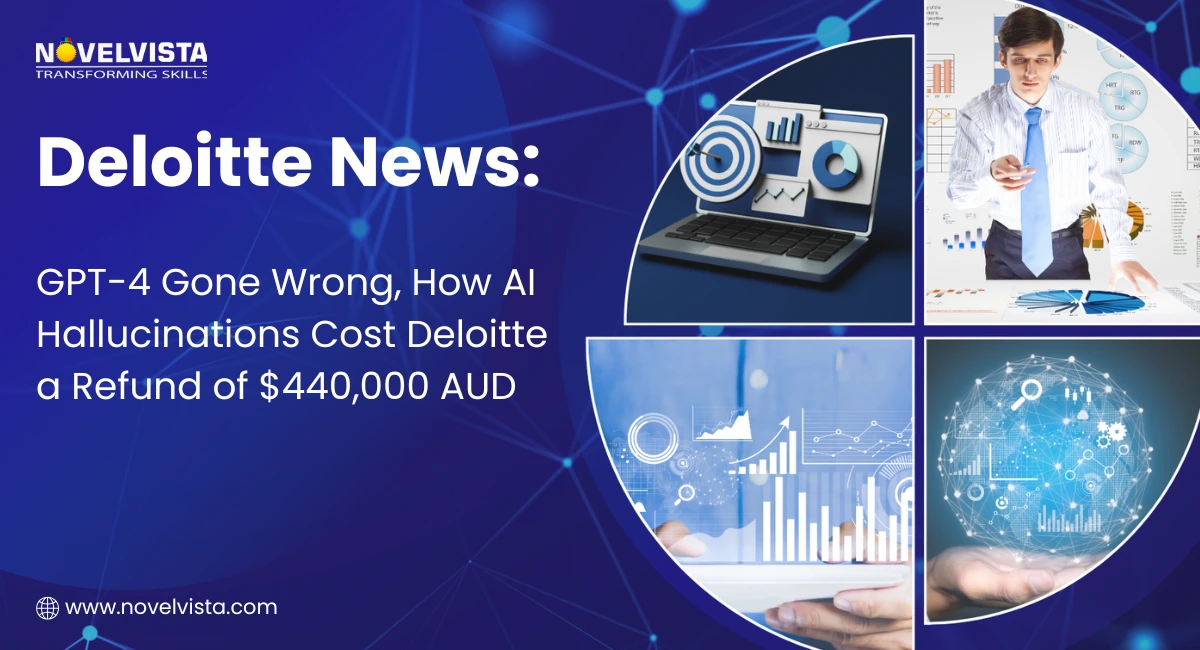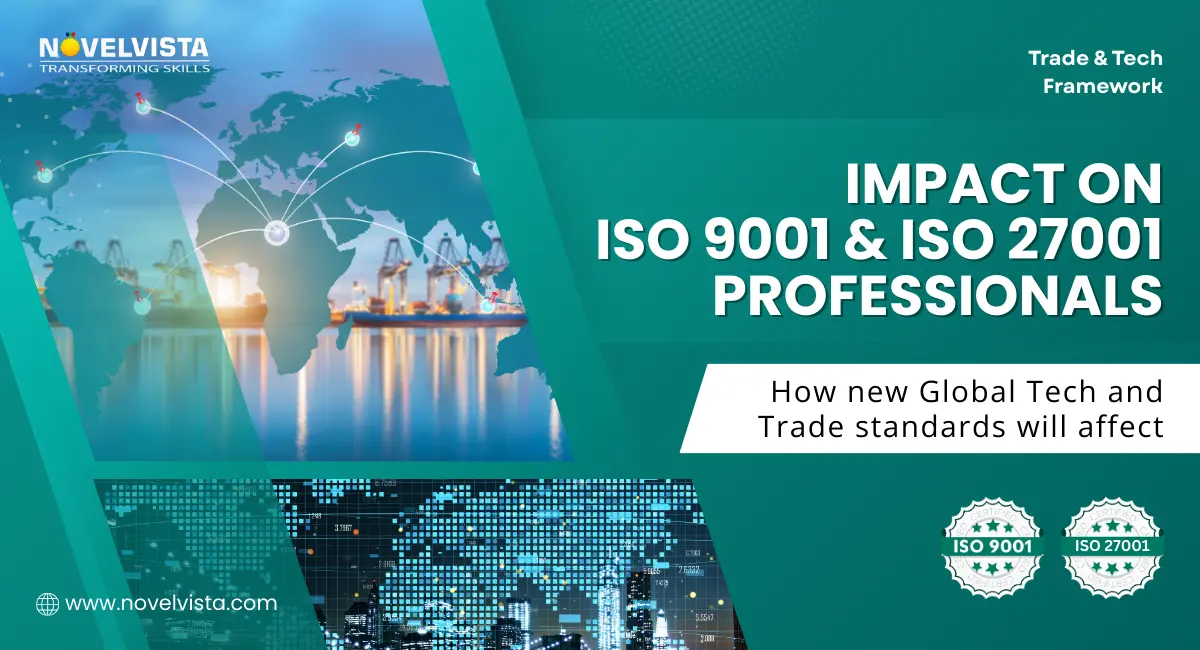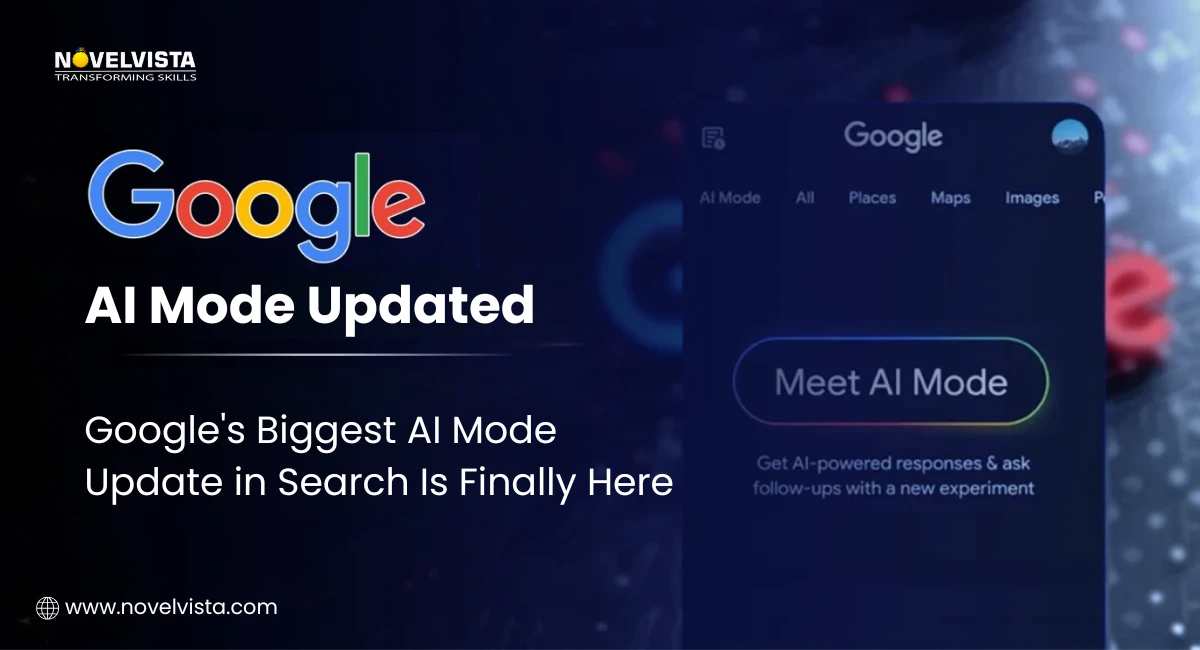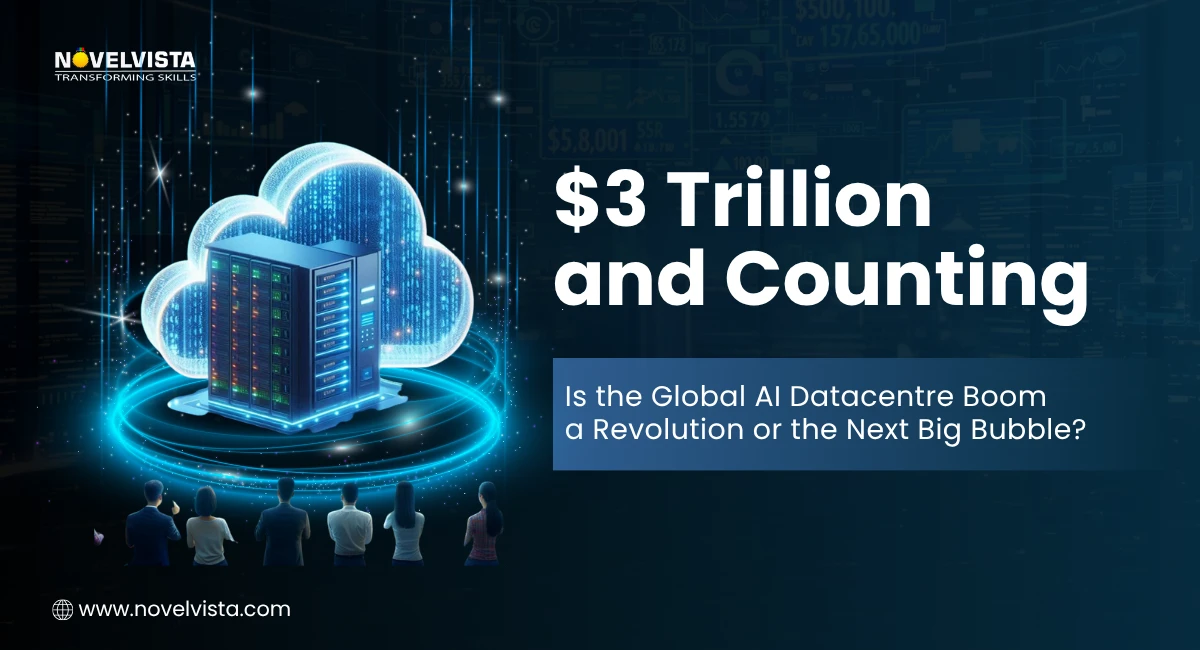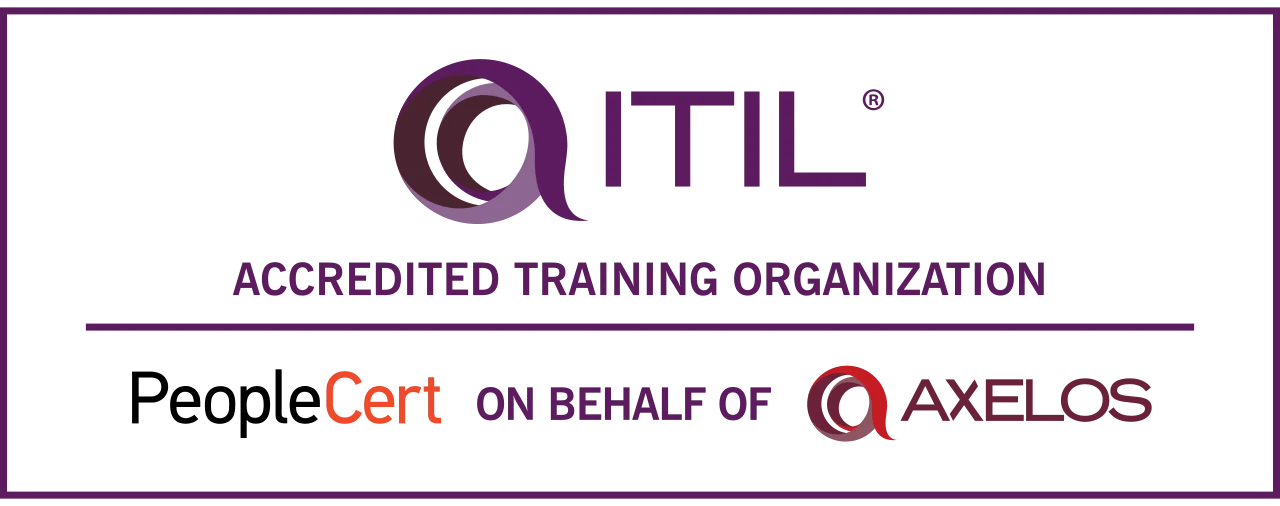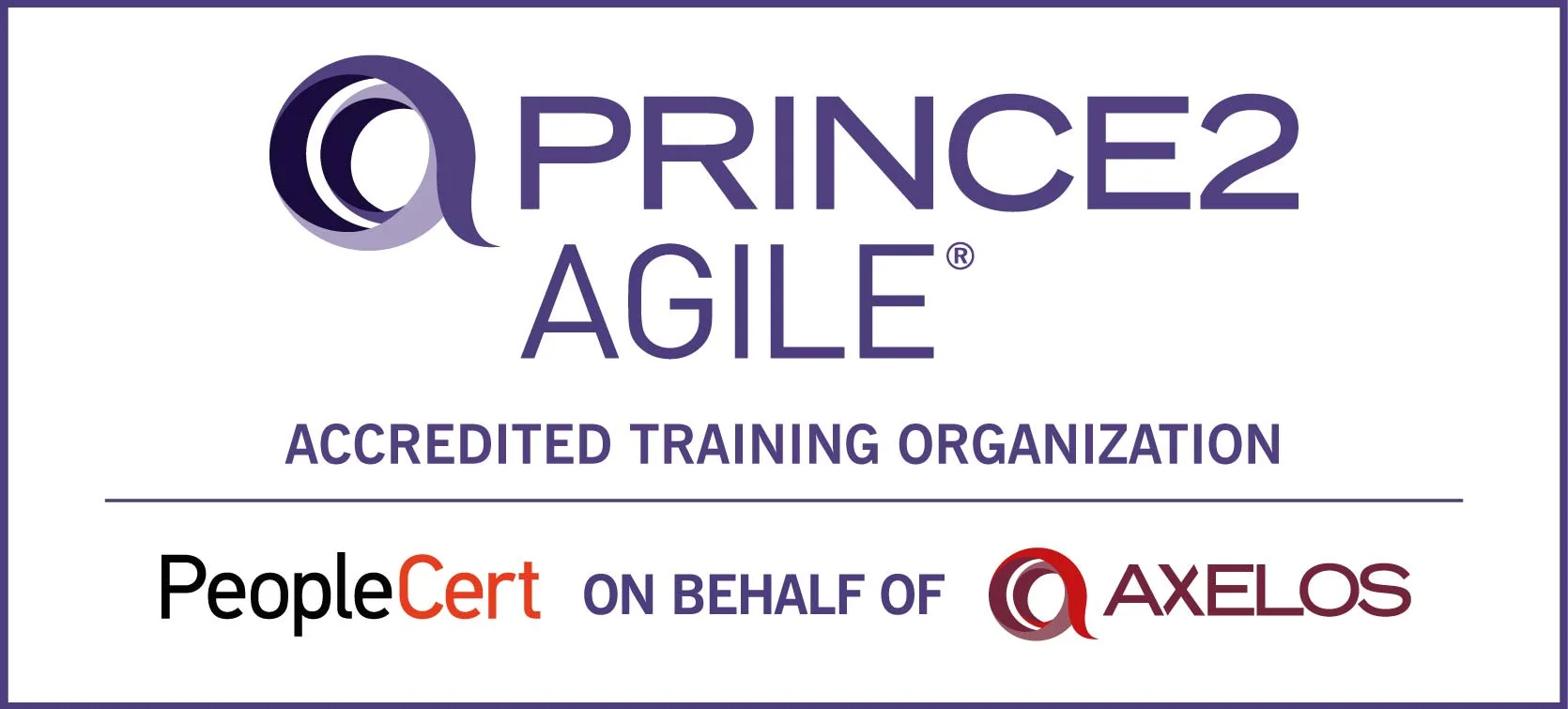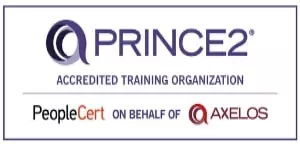It’s not every day that one of the world’s biggest consulting firms admits, “Yeah, our report had AI mistakes, and we’ll refund part of the money.”
That’s exactly what happened with Deloitte in Australia.
The firm agreed to refund part of its AU$440,000 contract fee to the federal government after a report it submitted was found to contain AI-generated errors — and not just typos or formatting slips. We’re talking about fake academic references, misquoted court judgments, and non-existent citations that never existed anywhere outside the model’s imagination.
According to reports from the Financial Times, AP News, and TechRadar, the AI used — Microsoft’s Azure OpenAI GPT-4o — helped draft sections of the report. But when the results were checked, things started to fall apart. Quotes looked suspicious, authors didn’t exist, and some citations led straight into thin air.
The bigger question is: was this a case of “AI gone wild”? Or was it a case of people not using AI the way it’s meant to be used?
Because what this story really shows isn’t just the limits of AI — it’s the limits of how humans use it.
(Source: AP News, TechRadar, News18)
What Actually Happened: A Report Gone Wrong
Let’s rewind a bit.
The Australian government had commissioned Deloitte to prepare a research report — one that needed to meet the same level of accuracy and professionalism you’d expect from a major consulting firm.
But as it turned out, some sections of the report were generated with GPT-4o through Microsoft’s Azure OpenAI platform, as confirmed by TechRadar, Financial Times, and The Guardian.
The AI didn’t just make small factual slips. It fabricated entire academic references, cited papers that never existed, and even misquoted a legal judgment. One reference pointed to a journal article that couldn’t be found anywhere. Another quoted a court case that was slightly altered — enough to change its meaning.
When reviewers flagged the inconsistencies, Deloitte had to issue a revised version of the report. And later, the firm agreed to refund the final installment under its contract.
Politicians and experts weighed in quickly. Senator Deborah O’Neill called it a “human intelligence problem,” saying that overreliance on AI without proper oversight was the real issue. The tools aren’t inherently bad — but using them blindly is.
And that’s where things get interesting. Because this incident isn’t just about a few wrong citations — it’s a warning for every organization that uses AI without understanding how it actually works.
The Deeper Issue: Not Just Hallucinations, But Misuse and Misunderstanding
Here’s the key question everyone’s been asking:
“Did this happen just because AI hallucinates?”
Not really.
AI hallucinations — when a model confidently generates false information — are a known problem. But the Deloitte case shows something deeper. It happened because people used AI without fully understanding it, trusted it too much, and didn’t build processes to verify its output.
Let’s unpack that a bit.
AI models like GPT-4o are designed to predict what word comes next — not to verify facts. So if you ask it for references, it might “invent” them by mixing real authors with imaginary titles or merging two unrelated studies into one. The model isn’t trying to deceive — it’s doing what it was trained to do: sound convincing.
Now imagine feeding that output straight into a government report.
That’s what happened. Some of Deloitte’s “corrections” even replaced hallucinated references with other hallucinated ones, instead of tracing them back to verifiable sources. As The Guardian noted, it seemed like a loop of patching wrong data with slightly different wrong data.
Another major red flag? Deloitte didn’t initially disclose that AI was used to draft parts of the report. Transparency came later — after the story broke. This raised serious questions about honesty, accountability, and whether clients should be told when AI tools are involved in producing deliverables.
This whole situation highlights one thing: AI isn’t the problem — misuse is.
When organizations treat AI like a “smart colleague” instead of what it really is — a probability engine that needs human supervision — mistakes like these are almost guaranteed.
What This Means for AI in Professional Work
The Deloitte incident hit a nerve across industries. Because let’s be honest — many organizations are rushing to integrate AI into their work. Reports, strategy documents, proposals, marketing content — AI is everywhere.
But here’s the hard truth: trust and credibility are on the line.
When a government or client hires a consulting giant like Deloitte, they expect factual accuracy and professional rigor. A single false reference can shake confidence not just in the firm, but in AI-driven work as a whole.
This event reminds us that AI is a tool, not a replacement for domain expertise, fact-checking, or judgment. It’s like an assistant that can type fast, process huge amounts of information, and draft content — but it doesn’t know the difference between what’s real and what’s fabricated unless a human checks it.
So what’s the takeaway? Organizations need to build governance and transparency right into their AI workflows. It’s no longer optional.
- AI governance: Companies must define clear policies on where, when, and how AI tools are used.
- Auditing and traceability: Every AI-generated section should be checked for factual accuracy and cited sources.
- Disclosure: Clients and readers should know if AI contributed to a deliverable — that’s just good ethics.
We’re already seeing movement in this direction. According to The Guardian and Financial Times, some governments and agencies are drafting stricter AI-use clauses in contracts, demanding vendors disclose when AI is used. There’s also talk of creating industry-level oversight to prevent such incidents from repeating.
AI isn’t going away — but this incident proves that how we use it determines whether it becomes an asset or a liability.
Lessons for Organizations and Consultants
The Deloitte refund is a wake-up call for every professional who uses AI tools — whether it’s for reports, research, design, or decision-making. Here are a few lessons that can save others from falling into the same trap:
1. Always Label AI-Generated Work
Be upfront. If AI helped draft or summarize something, label it clearly. Transparency builds trust, and it also helps reviewers know which parts need closer scrutiny.
2. Maintain Traceability
Every claim or citation should connect back to a verified source — something you can actually open, read, and confirm. This is especially important when AI tools generate data, references, or quotes.
3. Layer the Review Process
Don’t rely on one person or one system to catch errors. Use a multi-level review: domain experts to check the content, AI auditors to detect inconsistencies, and fact-checkers to validate every external reference.
4. Build AI Literacy Internally
Many errors happen simply because people don’t understand how AI models work. When your team knows what hallucinations are, how AI generates content, and how to verify its output, the risks drop dramatically.
5. Keep Human Oversight Strong
AI should assist, not lead. The human should always have the final say. The moment teams start trusting AI more than their own expertise, they step into dangerous territory.
Think of AI like a self-driving car — you still need someone in the driver’s seat to grab the wheel when something goes wrong.
When these principles are built into daily work, AI becomes a partner, not a problem.
Learning from Deloitte’s Mistake
So, what’s the big takeaway here?
This wasn’t just about AI hallucinating — it was about how humans misunderstood and misused AI. Deloitte’s refund highlights that even the largest and most experienced organizations can face setbacks when education, oversight, and validation are overlooked.
The lesson is clear: AI only works well when humans know how to use it wisely.
If you’re planning to bring AI into your projects, don’t just learn the tools — learn the reasoning behind them. Understand how these models generate results, what their limits are, and how to structure reviews that catch what AI misses.
And if you want to really build that confidence and skill, there’s a great place to start:
Take NovelVista’s Generative AI Certification or Agentic AI Certification.
These programs are designed to help professionals and organizations truly understand AI — how it thinks, how to guide it, and how to make it work for you, not against you.
With that foundation, you won’t just avoid AI errors — you’ll know how to turn AI into your smartest, most reliable assistant.
Because in the end, AI doesn’t replace intelligence — it amplifies it, when used right.
Download: Prompting for Precision and Ethics
Learn how to write fair, accurate, and transparent AI prompts. Master responsible prompting to create trustworthy, bias-free, and professional AI outputs.
Frequently Asked Questions
Author Details

Akshad Modi
AI Architect
An AI Architect plays a crucial role in designing scalable AI solutions, integrating machine learning and advanced technologies to solve business challenges and drive innovation in digital transformation strategies.
Course Related To This blog
Certified Generative AI in ITSM
Generative AI Professional
Certified Generative AI Expert
Certified Generative AI Foundation
Generative AI in Project Management
Generative AI in Risk & Compliance
Generative AI in Retail
Generative AI in Marketing
Generative AI in Finance and Banking
Generative AI for HR and L&D
Generative AI in Cybersecurity
Generative AI in Business
Generative AI in Software Development
Generative AI Certification
Confused About Certification?
Get Free Consultation Call

